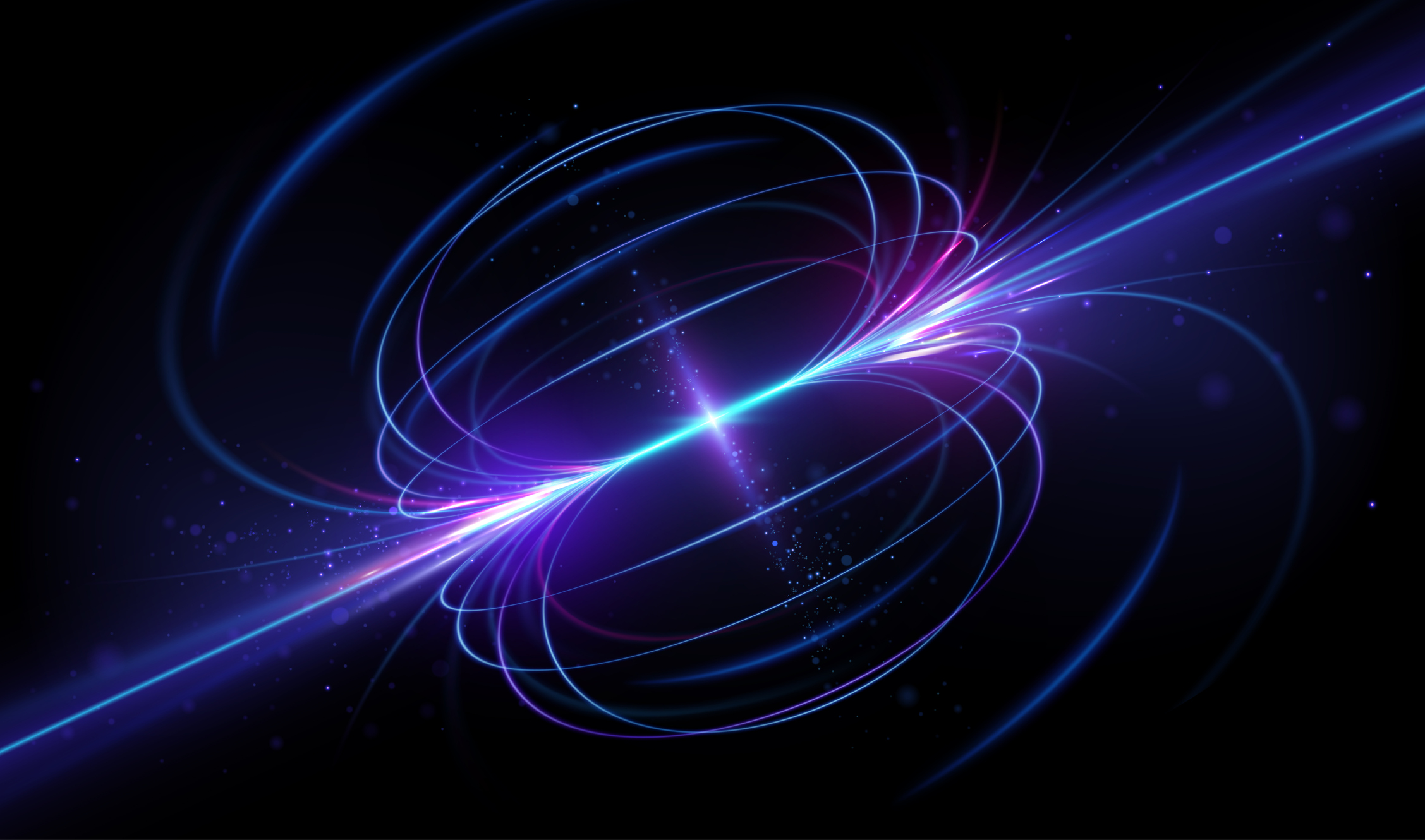From insulators to metals: spin chains enter uncharted quantum regime
April 22, 2025

April 22, 2025

The compound—Ti₄MnBi₂—becomes only the second known metallic system with confirmed one-dimensional magnetism.
A study by researchers from the University of British Columbia’s Blusson Quantum Matter Institute (UBC Blusson QMI) has found a rare form of one-dimensional quantum magnetism in the metallic compound Ti₄MnBi₂, offering evidence into a phase space that has remained, until now, largely theoretical. The study, published in Nature Materials, comes at a time of growing global interest in quantum materials that redefine the boundaries between magnetism, conductivity, and quantum coherence.
“We proved the existence of a new class of quantum materials that are both metallic and one-dimensional magnets, with strong coupling between the magnetic moments and their metallic host,” said UBC Blusson QMI Investigator Prof. Meigan Aronson.
“Virtually all spin chain systems studied so far are insulators that ultimately become three-dimensional at low temperature due to coupling among the chains. This means that the hallmark instabilities of quantum metals: superconductivity, metal-insulator transitions, and also the origin of magnetism itself have not yet been established in systems that are truly one-dimensional, either experimentally, or (to a lesser extent) by theory,” Prof. Aronson said.
A spin chain is a one-dimensional arrangement of tiny magnets, called spins, that interact with one another. Using neutron scattering measurements complemented by Density Matrix Renormalization Group (DMRG) and electronic structure calculations, the team was able to show that Ti4MnBi2 is a realization of a very particular physical model consisting of spin chains where the interactions among the spins are highly frustrated, leading to a rich array of ordered phases that only exist at zero temperature.
Unlike three-dimensional systems that order at nonzero temperatures, one-dimensional systems like Ti₄MnBi₂ do not undergo true ordering due to strong quantum fluctuations that dominate most measurable quantities. Ti₄MnBi₂ is only the second known metallic system with confirmed one-dimensional magnetism (the other is Yb2Pt2Pb), and the first in which the magnetism and metallic host are strongly entangled.
“By proving that this middle ground exists, Ti₄MnBi₂ presents an important step towards establishing a broad quantum landscape ripe for exploration. It is possible that the excellent correspondence between experiment and computational theory that we have demonstrated might serve as a benchmark for quantum simulations. In particular, we are interested in using the neutron scattering results as a basis for comparison to different theoretical measures of quantum entanglement,” Prof. Aronson said.
The study was made possible by the collaborative expertise housed within UBC Blusson QMI. On the experimental front, the team included Dr. Xiyang Li and Dr. Mohamed Oudah, while theoretical modeling and analysis were led by Scientific Staff Dr. Alberto Nocera and Dr. Kateryna Foyevtsova, as well as Investigators Prof. George Sawatzky and Prof. Meigan Aronson. The neutron scattering experiments, which were critical to identifying the quantum spin behavior, were conducted using the instruments at J-PARC in Japan.
By bridging the gap between traditional magnetic insulators and more complex electronic systems, the study opens new avenues for advancements in spintronics and quantum computing.
“Our work represents an ideal testbed for quantum advantage demonstrations within the context of quantum analog simulation. It also offers insights that could be useful for the development of unique magnetic memories with high density and speed,” said UBC Blusson QMI Staff Scientist Dr. Alberto Nocera.
“We grew more than 100 batches of high-quality single crystals of this material, with more than 400 crystals co-aligned for use in the neutron scattering experiments,” said Dr. Xiyang Li, the study’s first author and a postdoctoral researcher at UBC Blusson QMI. “Our results unlock new opportunities to further explore new material systems with exciting applications for emerging quantum technologies.”
We honour xwməθkwəy̓ əm (Musqueam) on whose ancestral, unceded territory UBC Vancouver is situated. UBC Science is committed to building meaningful relationships with Indigenous peoples so we can advance Reconciliation and ensure traditional ways of knowing enrich our teaching and research.
Learn more: Musqueam First Nation